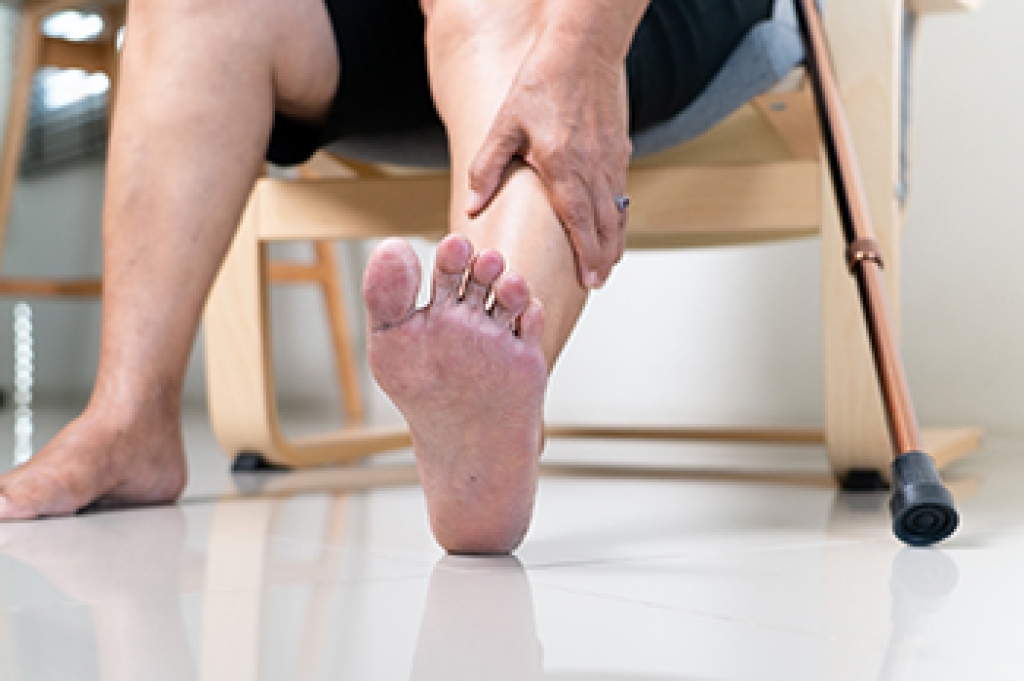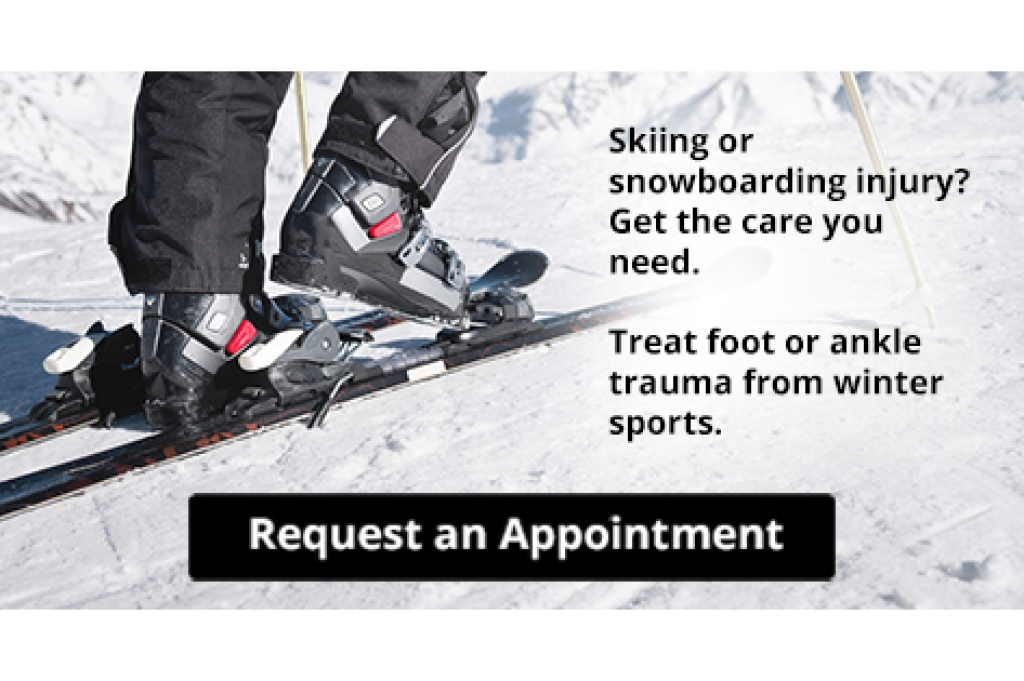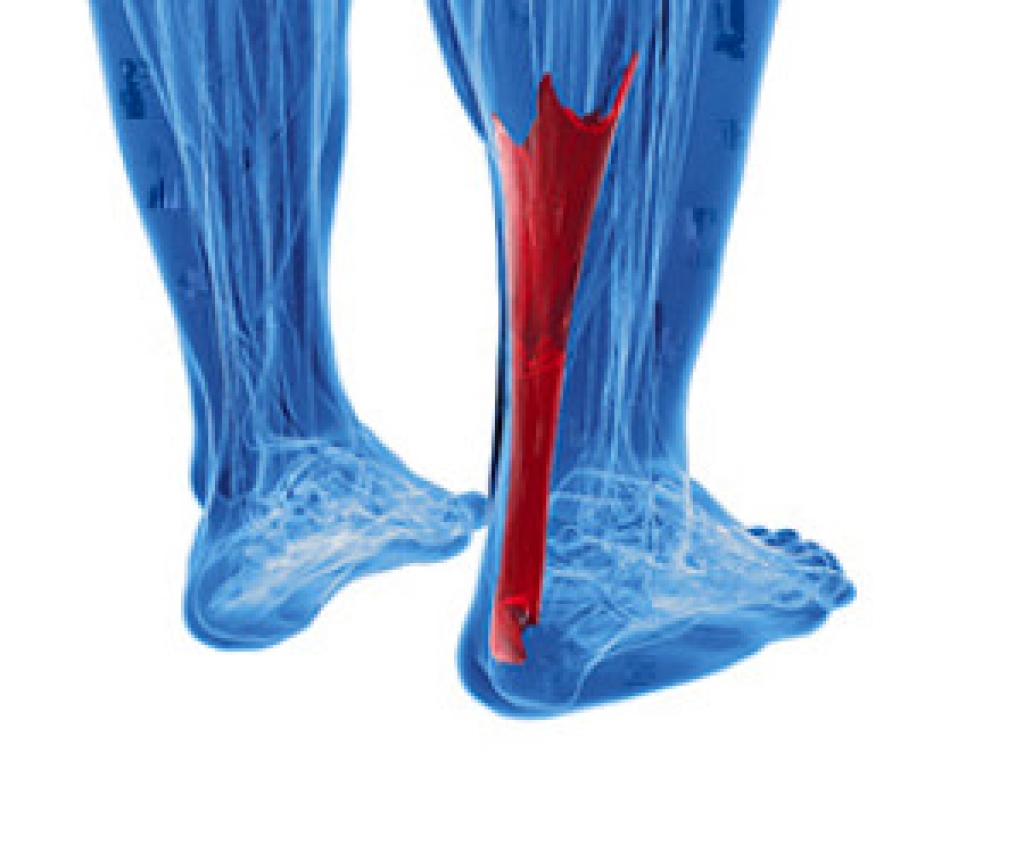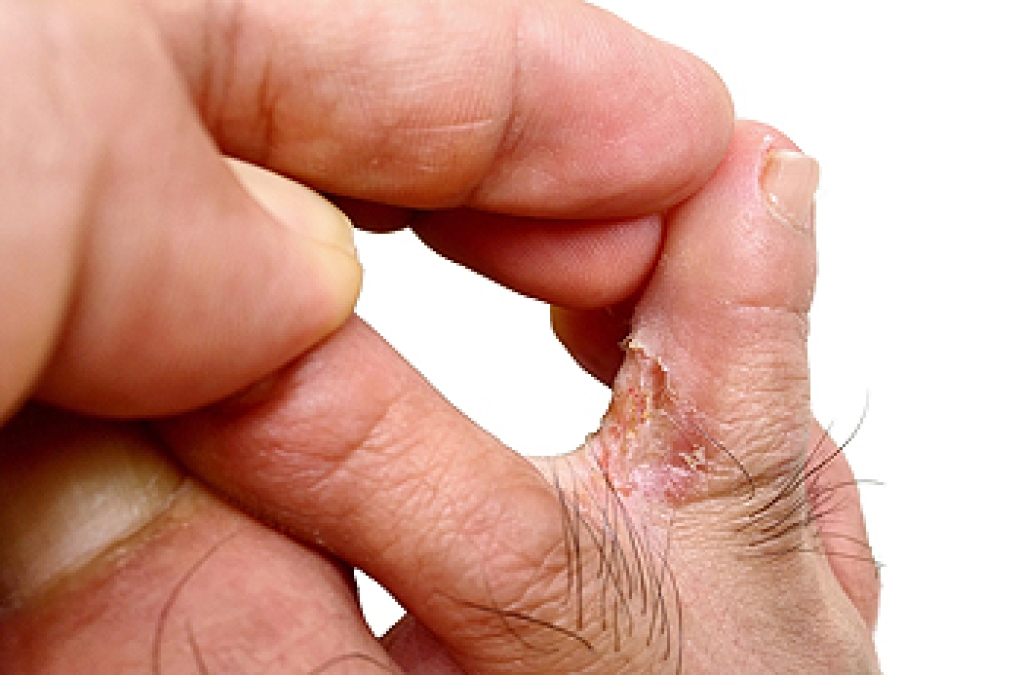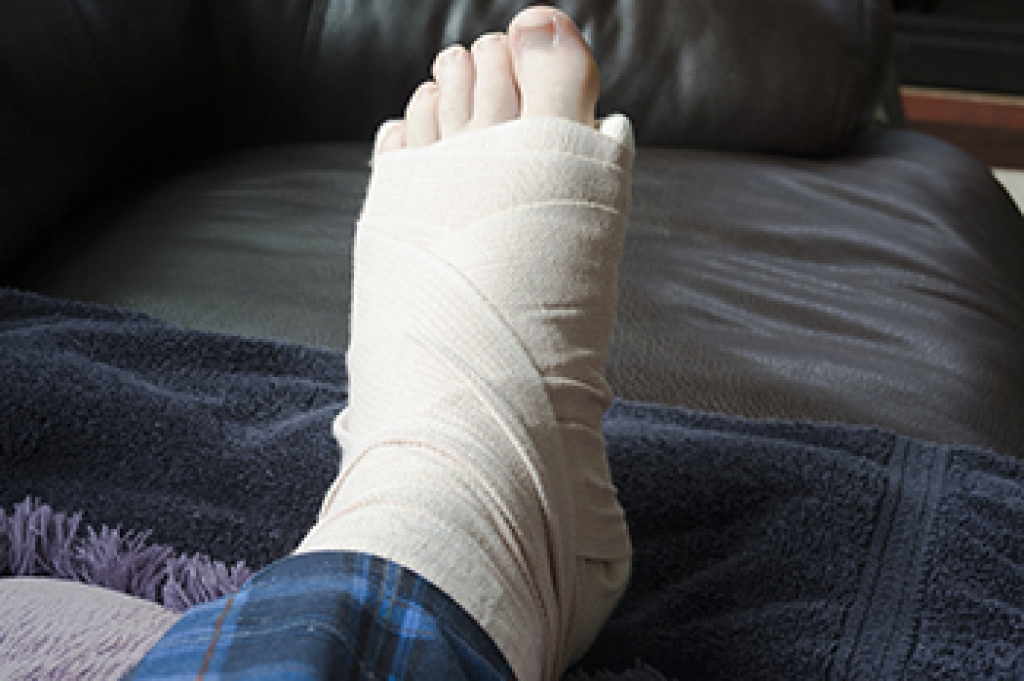
If you have ever applied pressure to your feet by repeatedly jumping over an extended period, there is a chance that you might have developed a stress fracture. A stress fracture in the foot is a small kind of break in a foot bone that typically develops due to repetitive pressure. There are several different kinds of stress fractures in the feet that may develop. For example, for a stress fracture, there are single splits and multiple split fractures. A single split stress fracture has only one hairline break in the bone. A multiple-split fracture has several different breaks in the foot bone. Multiple stress fractures can interestingly have several breaks that develop around the same area over time. If you believe that you may be subject to stress fractures, contact a podiatrist today. A foot specialist like a podiatrist will be able to help you address your problems.
Activities where too much pressure is put on the feet can cause stress fractures. To learn more, contact one of our podiatrists from Mercer Ocean Podiatry. Our doctor can provide the care you need to keep your pain free and on your feet.
Dealing with Stress Fractures of the Foot and Ankle
Stress fractures occur in the foot and ankle when muscles in these areas weaken from too much or too little use. The feet and ankles then lose support when walking or running from the impact of the ground. Since there is no protection, the bones receive the full impact of each step. Stress on the feet can cause cracks to form in the bones, thus creating stress fractures.
What Are Stress Fractures?
Stress fractures occur frequently in individuals whose daily activities cause great impact on the feet and ankles. Stress factors are most common among:
- Runners
- People affected with Osteoporosis
- Tennis or basketball players
- Gymnasts
- High impact workouts
Symptoms
Pain from the fractures occur in the area of the fractures and can be constant or intermittent. It will often cause sharp or dull pain with swelling and tenderness. Engaging in any kind of activity which involves high impact will aggravate pain.
If you have any questions please feel free to contact our office located in Toms River, NJ . We offer the newest diagnostic and treatment technologies for all your foot and ankle needs.
